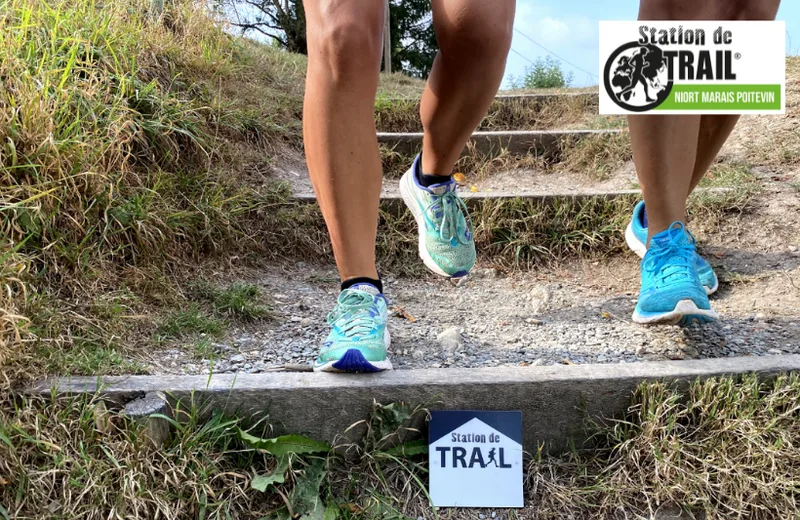Découvrez la Station de Trail Niort – Marais Poitevin, ses plus beaux paysages et ses meilleurs parcours pour une journée, un week-end ou une semaine sportive !
Détail de l'itinéraire
Description
Ce parcours fait partie de la Station de Trail Niort – Marais Poitevin.
Un itinéraire difficile avec une partie compliquée en fin de parcours qui nécessite une bonne gestion de la fraîcheur physique pour affronter les dernières difficultés. Un parcours de trail à 20 minutes du centre permettant de découvrir le terrain de jeu de trail de Germond-Rouvre.
Coup de cœur de la Station de Trail de Niort avec des zones techniques en montée et en descente. Un terrain de trail comme on les connaît dans les Alpes avec l’exigence attendue des traileurs !
Novices, s’abstenir.
-> Parcours balisé Station de Trail
Un itinéraire difficile avec une partie compliquée en fin de parcours qui nécessite une bonne gestion de la fraîcheur physique pour affronter les dernières difficultés. Un parcours de trail à 20 minutes du centre permettant de découvrir le terrain de jeu de trail de Germond-Rouvre.
Coup de cœur de la Station de Trail de Niort avec des zones techniques en montée et en descente. Un terrain de trail comme on les connaît dans les Alpes avec l’exigence attendue des traileurs !
Novices, s’abstenir.
-> Parcours balisé Station de Trail



